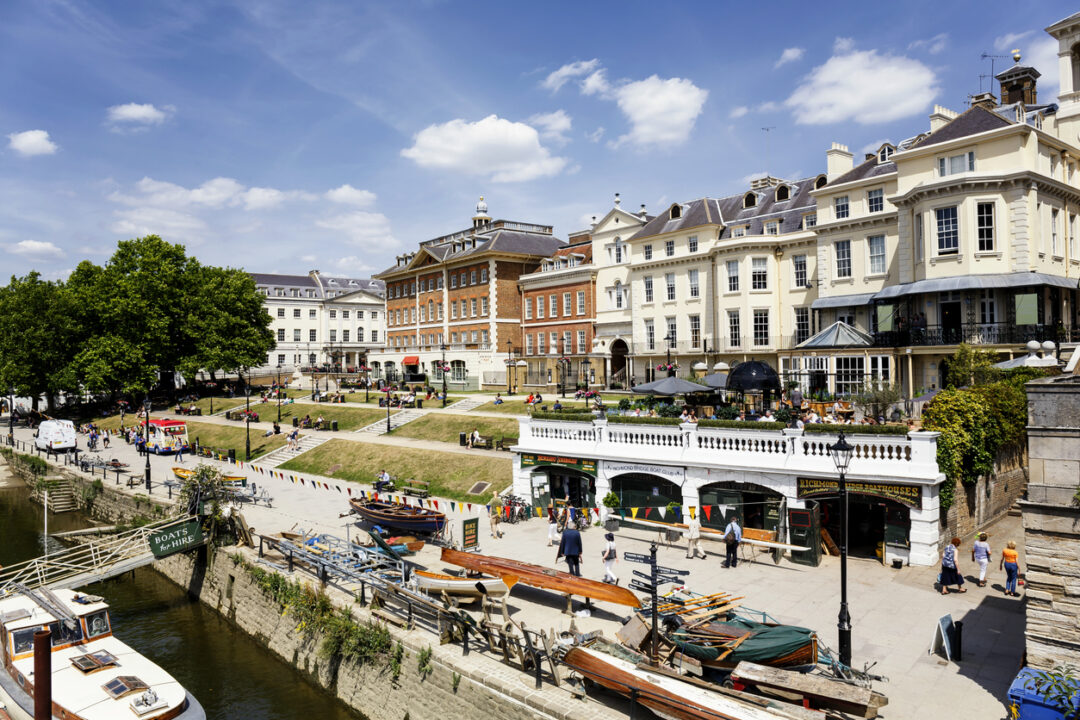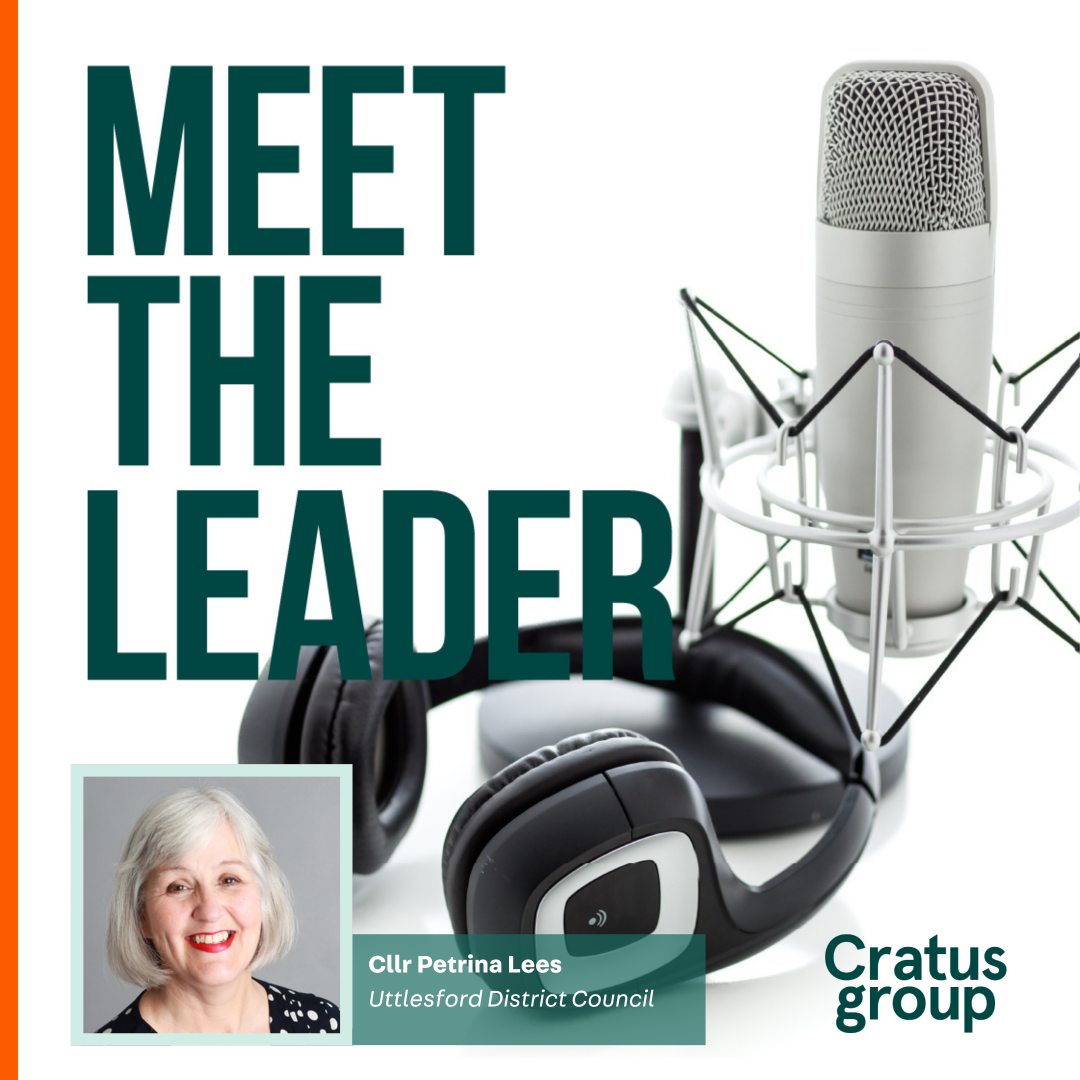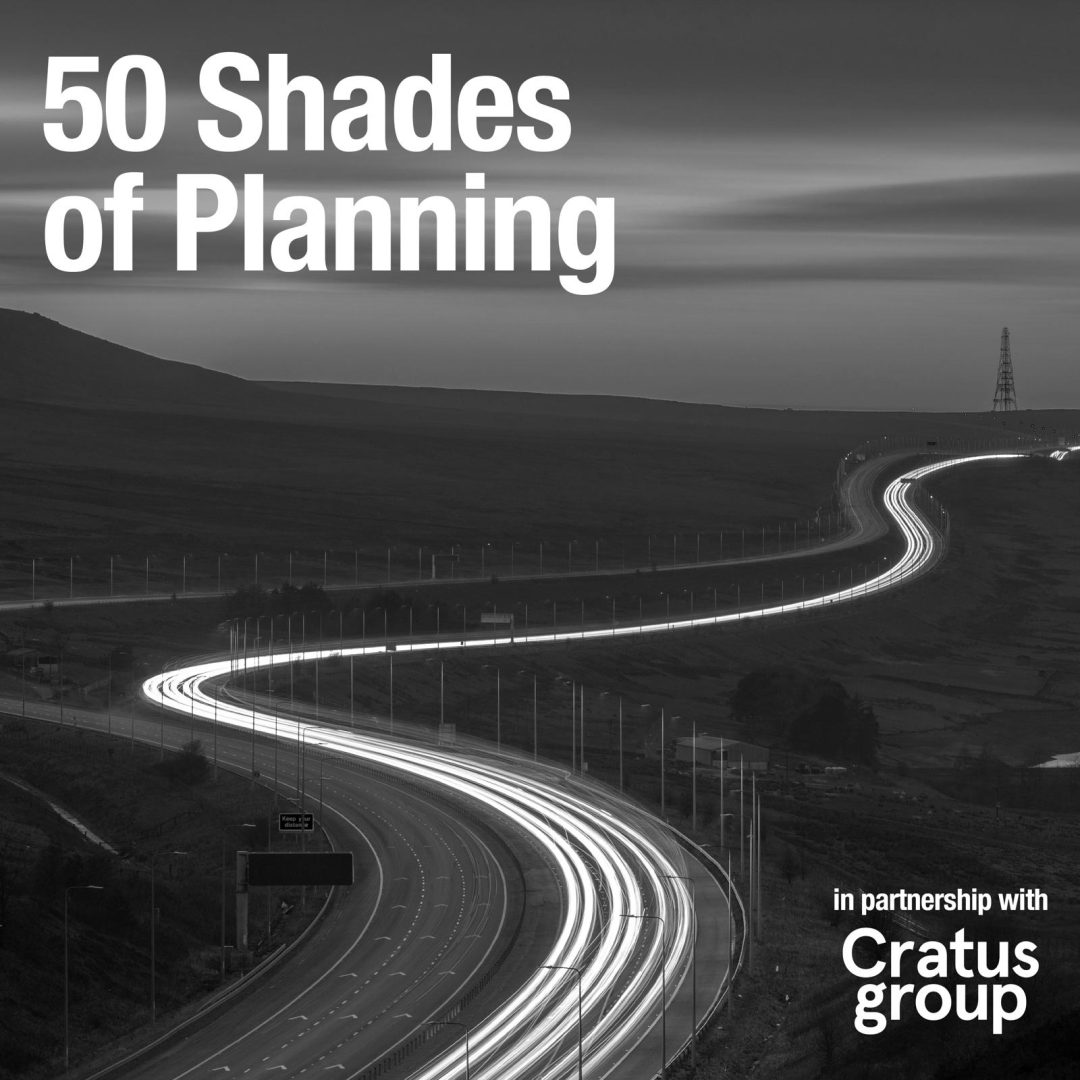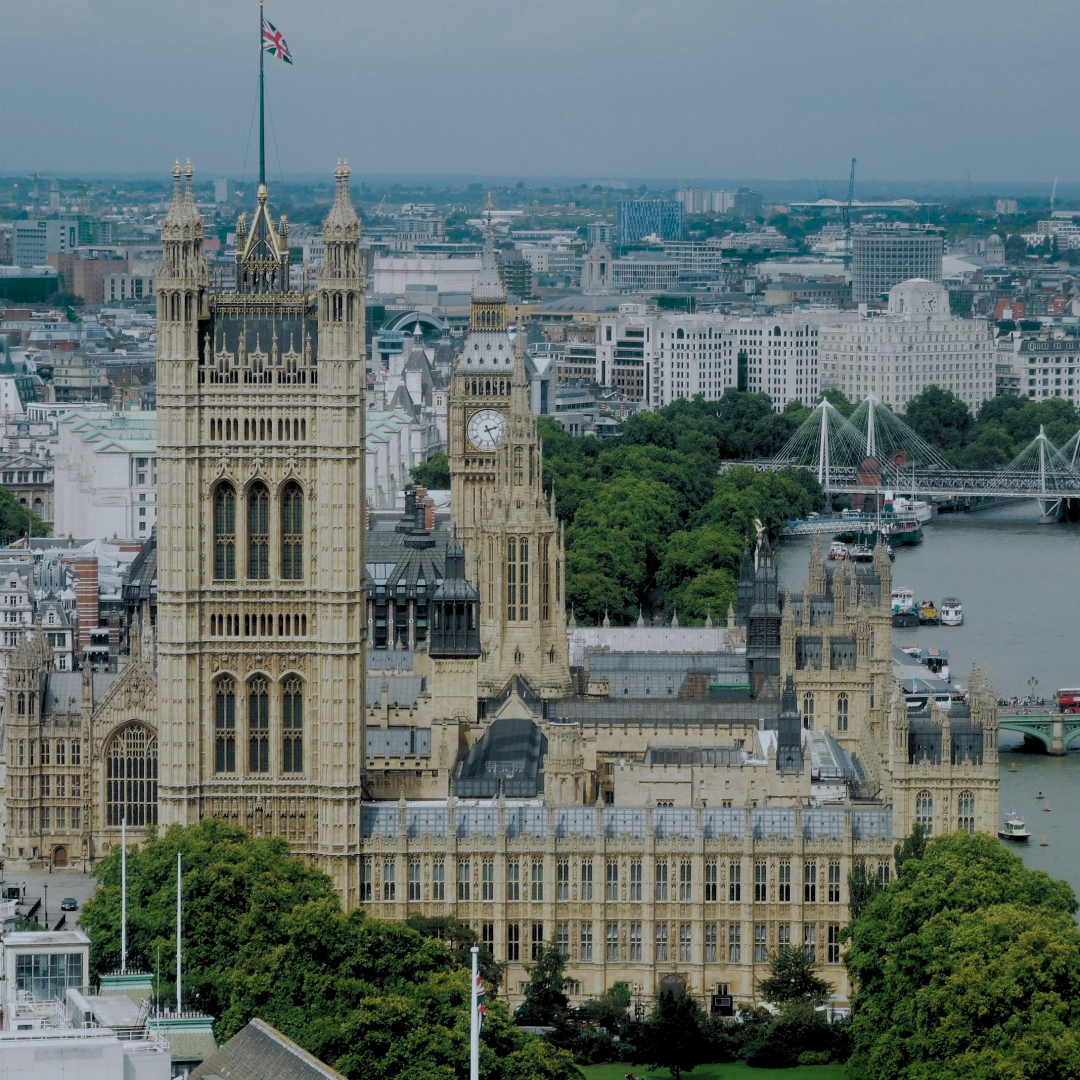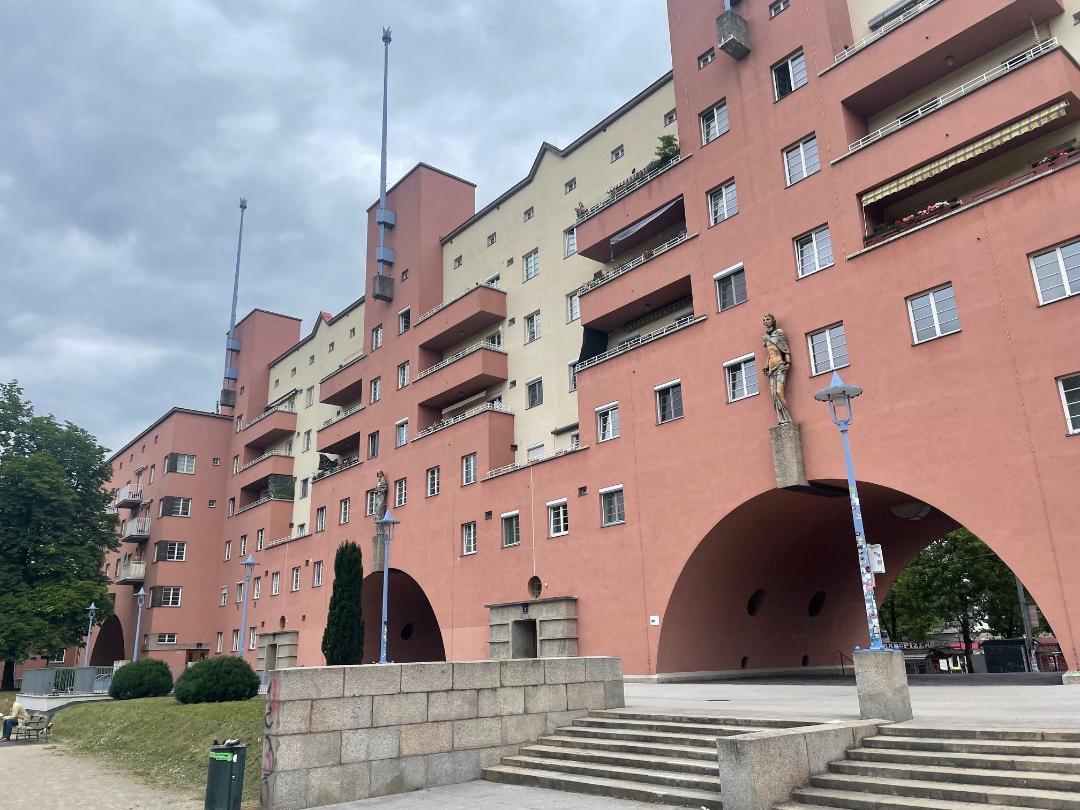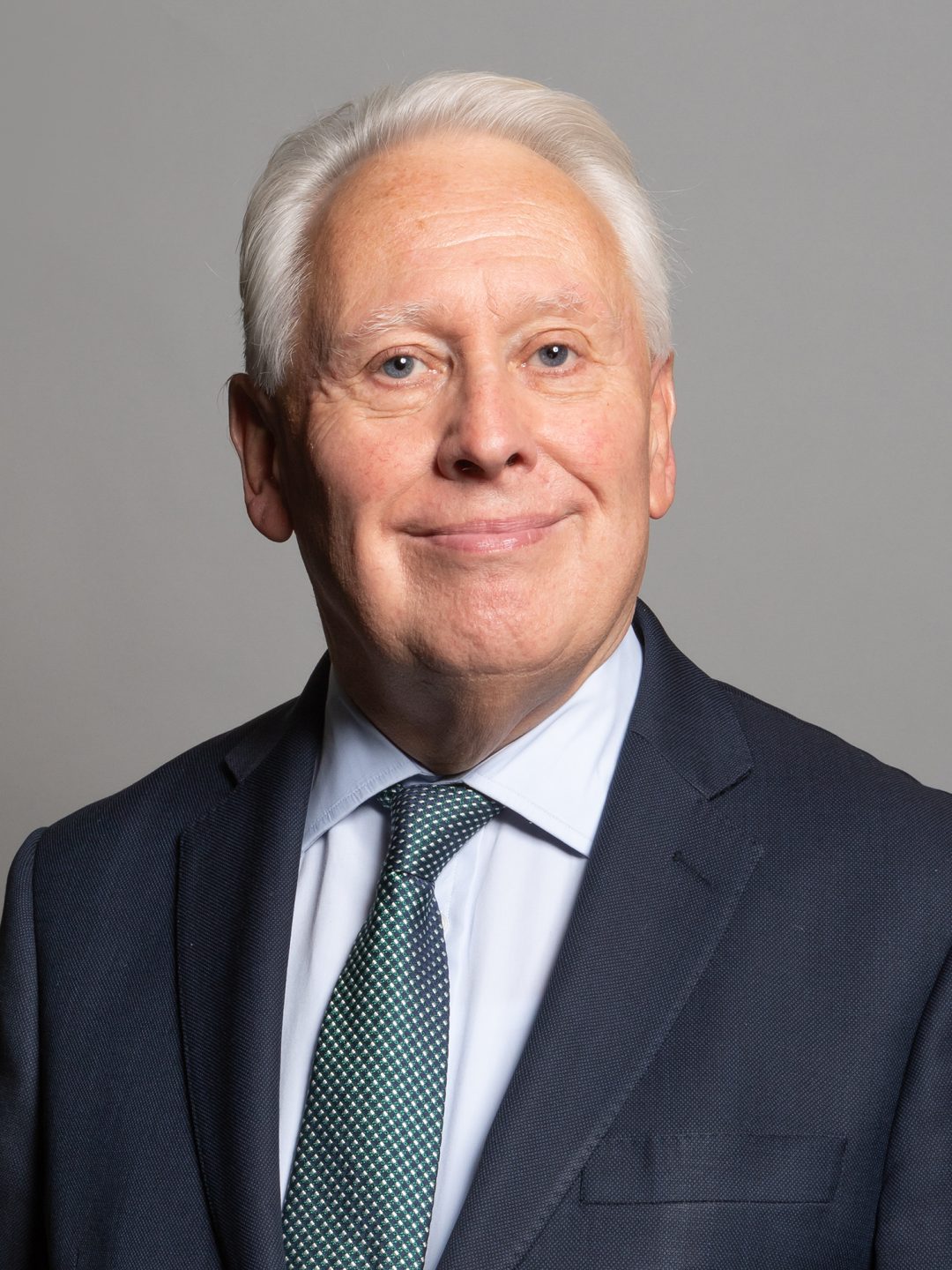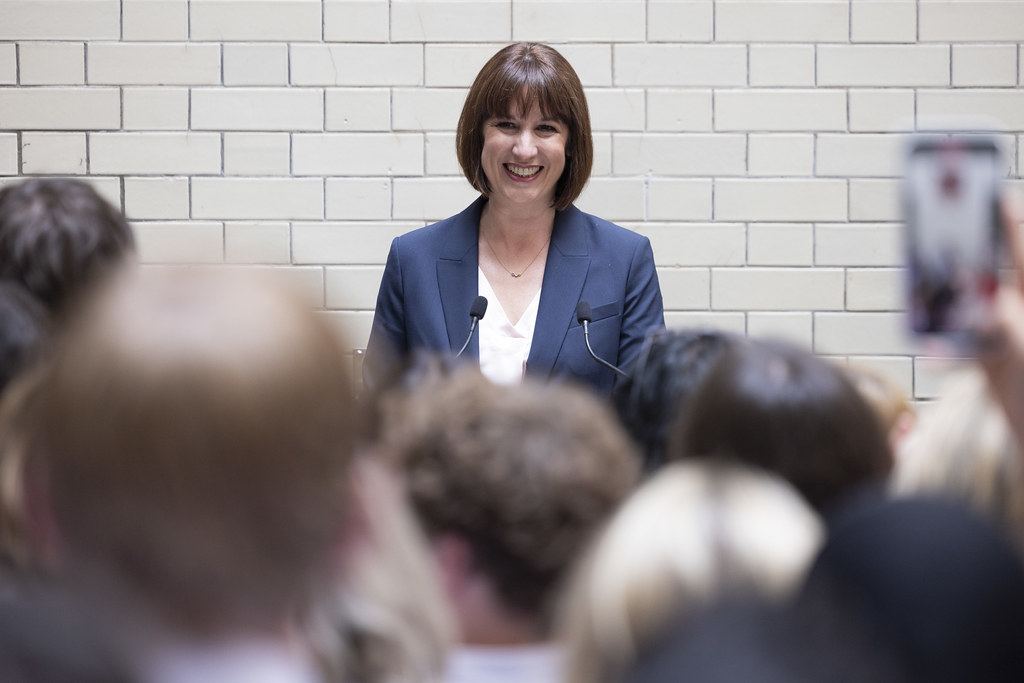Richmond: a case of mistaken identity?
Happy Local and Community History Month! Yeah, who knew, eh?
With the ever-growing number and obscurity of national awareness days, you’d be forgiven for missing the more banal celebration and promotion of local history during the month of May, championed by UK charity the Historical Association.
Indeed, I only came across it while seeking inspiration for something to write for the Cratus newsletter.
However, it seems a befitting occasion to embrace, given the ‘local’ ethos of Cratus and as good an excuse as any to learn more about my hometown of Richmond. In doing so, I uncovered more than I bargained for in the complexity of a local age-old question: is Richmond in Surrey or London?
Known variously today as the set of the hit TV show Ted Lasso, the home of national treasure David Attenborough, and the location of the largest of London’s Royal Parks, where a certain dog named Fenton infamously once ran riot, Richmond’s origins lie in the establishment of Richmond Palace by Henry VII in 1501, from which the town derives its name.
Fast forward a few hundred years to 1890, Richmond became part of the municipal borough of Richmond in the historic county of Surrey, having till that point formed part of the large ancient parish of Kingston upon Thames, also part of Surrey at the time.
It was only in 1965 that Richmond, along with Barnes (formerly in Surrey) and Twickenham (formerly in Middlesex) would become part of the London Borough of Richmond upon Thames, with Greater London replacing Surrey as the administrative area.
With that, the answer to the local age-old question raised earlier seems simple: although Richmond was once part of Surrey, it is now part of London. However, while this is true from a technical and administrative standpoint, there are certainly reasons why the question might prompt different answers from different people.
To start with, most residents in the borough, myself included, still have Surrey as the county in their addresses and, like other places in London’s outer boroughs, do not fall within the London postal district, due to the General Post Office’s unwillingness to expand the district to match the changes made to the Greater London boundary in 1965.
Richmond arguably also takes after a Surrey town with its low-rise housing and abundance of green space. Indeed, very little change in the physical appearance of the area has taken place since its absorption into Greater London, in contrast to the taller buildings that have popped up just across the border in the neighbouring authorities of Hounslow and Wandsworth.
In addition, while some might argue that lying within the M25 and having a tube station automatically makes Richmond a part of London, this criteria is not the most accurate. Not only are there slivers of the Home Counties that lie inside the M25 but outside of London, such as Watford, Thurrock, and Spelthorne, but there are also a few London underground stations situated outside of the M25 entirely, such as Epping on the Central line and Amersham on the Metropolitan line. And that’s before we even mention the Elizabeth line.
Politically, too, while most London boroughs are a battle between the Conservatives and Labour as the two majority parties, Richmond, along with Kingston and Sutton, bucks the trend and has historically been a competition between the Liberal Democrats and Conservatives. Indeed, Labour hasn’t had representation on Richmond Council since 1998.
Notwithstanding the additional presence of multiple Independents and Residents Associations, this battle between the Lib Dems and Conservatives bears more resemblance to the contests which take place across the suburban commuter towns of Surrey.
Those are just a few of the reasons why someone from Richmond might take pause when asked about the provenance of their town, and they certainly are not alone when it comes to this identity crisis. The London Government Act 1963 was the source of much consternation and opposition in parts of outer London which remain to this day and exact a key influence on peoples’ perceptions of politics and place.
Moreover, as Greater London’s population and economy grows and infrastructure and policy such as the Elizabeth Line, HS2, and ULEZ takes hold, such questions about politics and place will undoubtedly continue.
